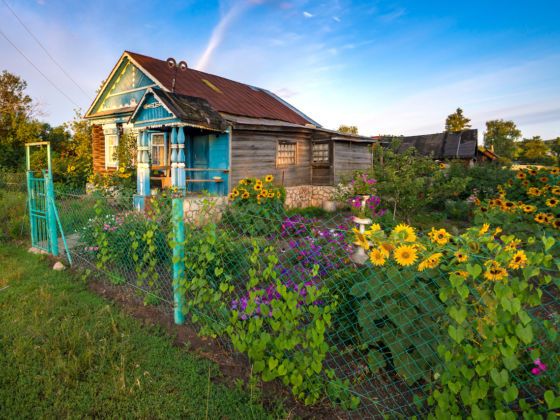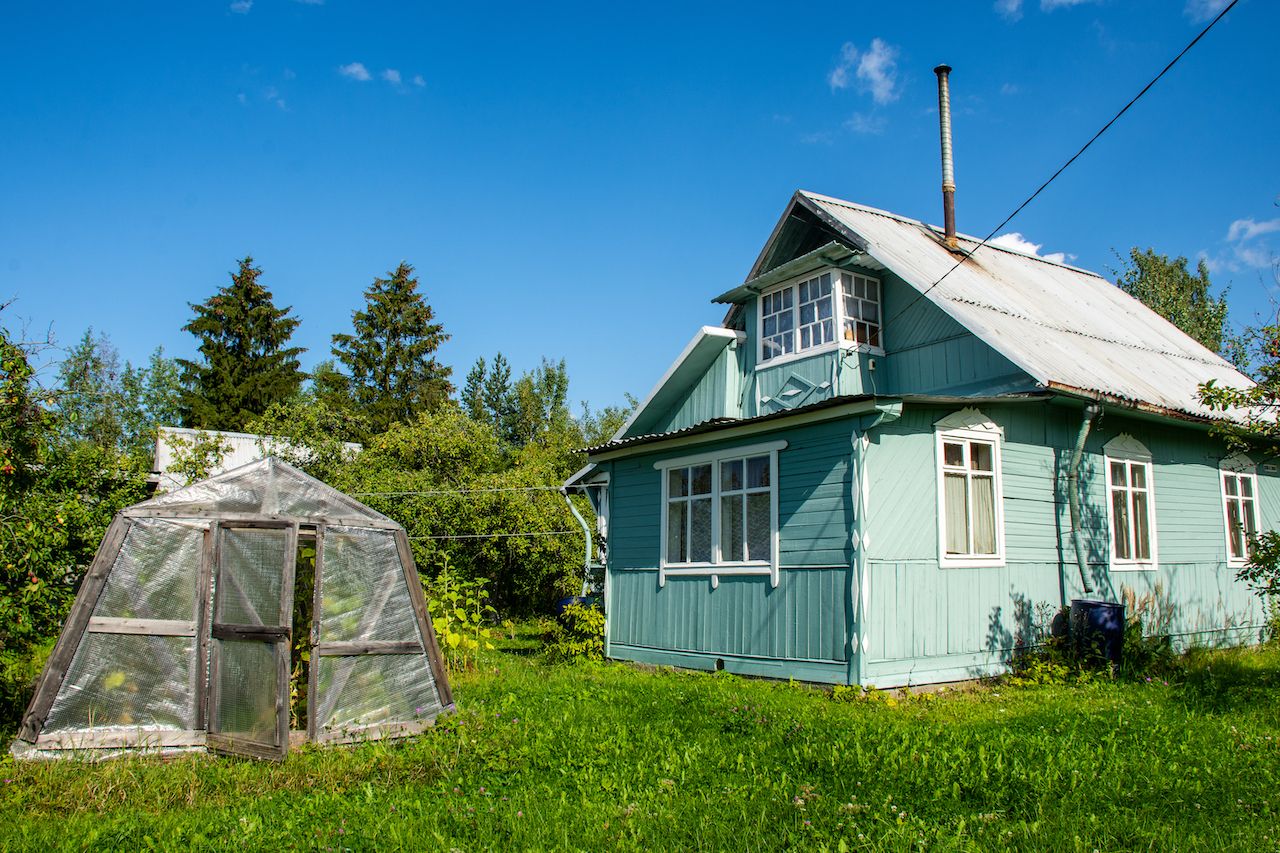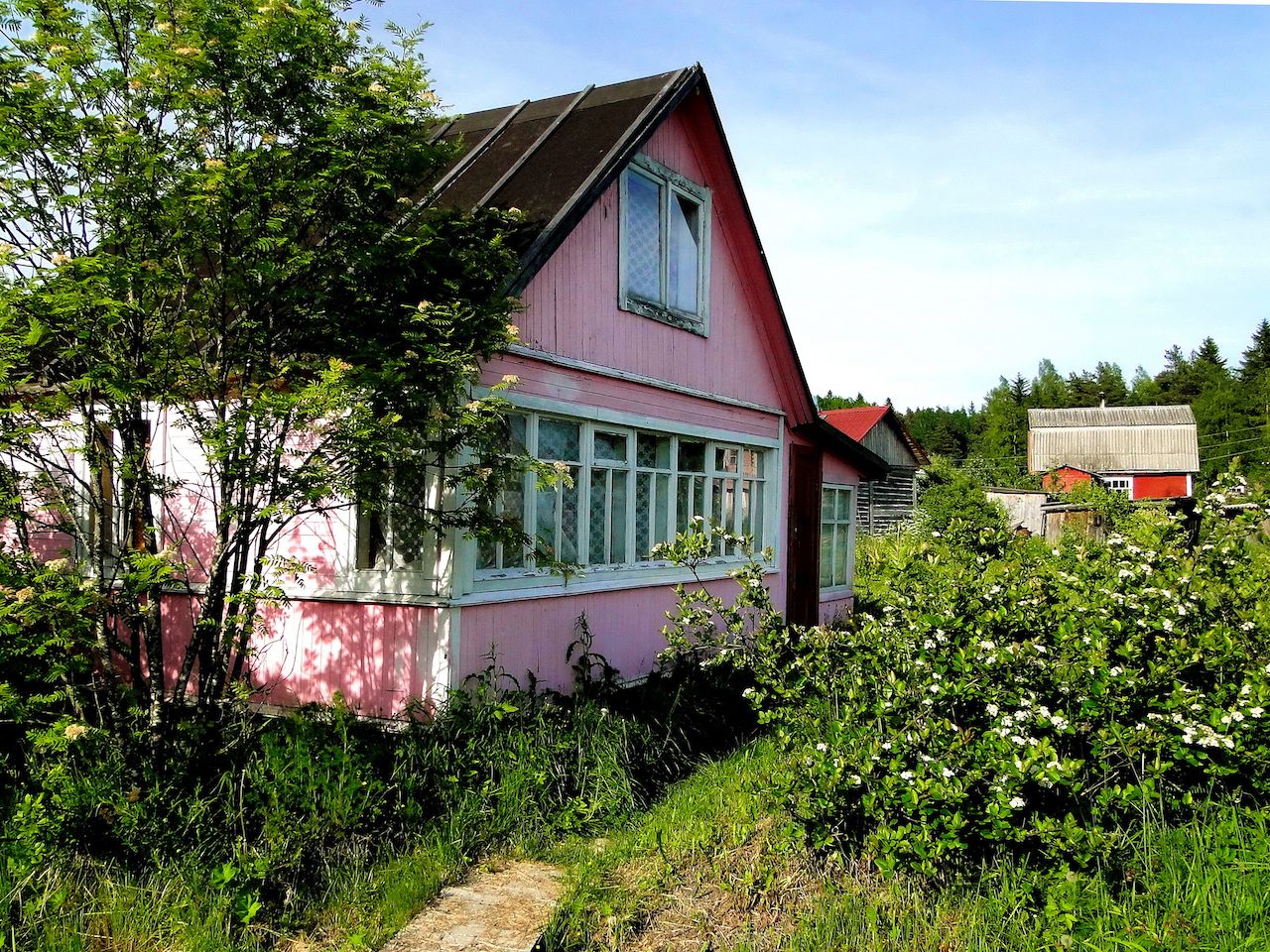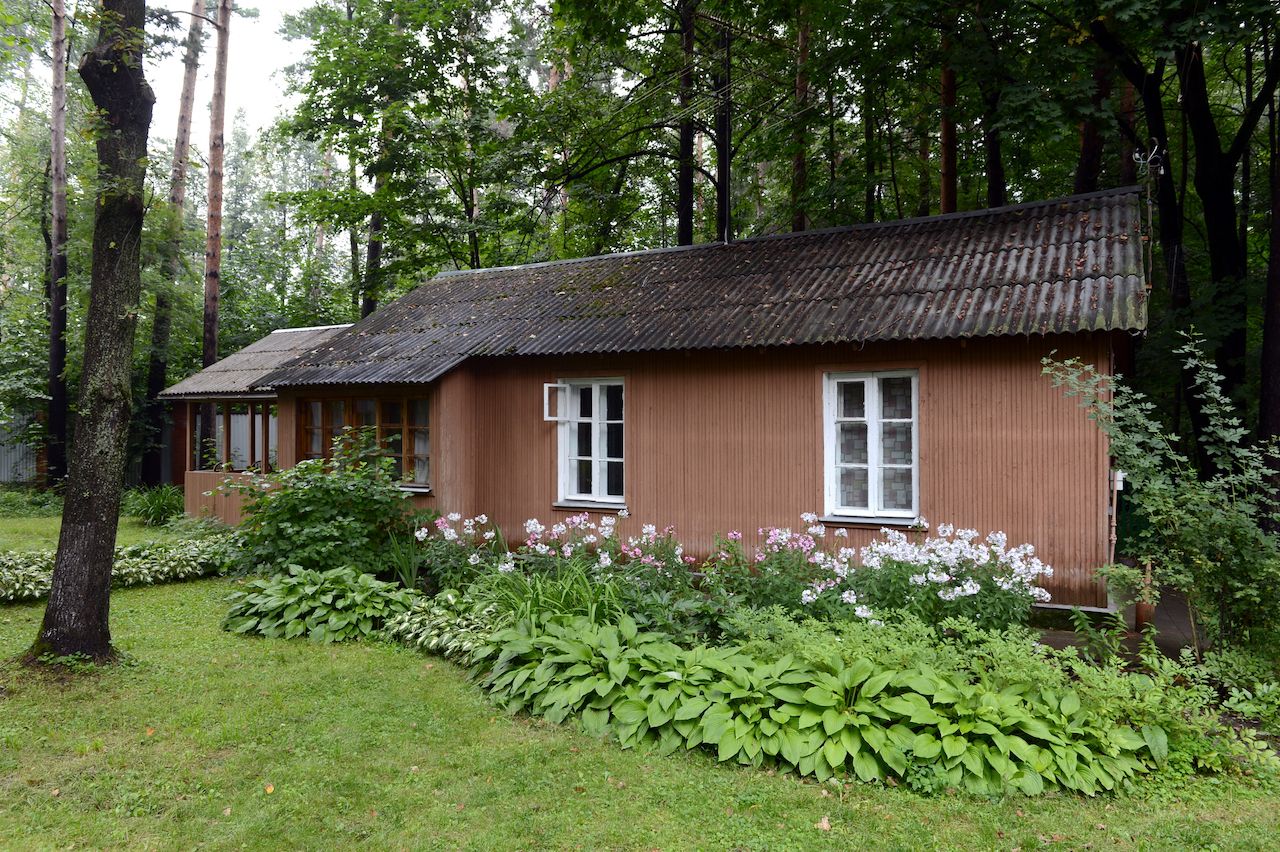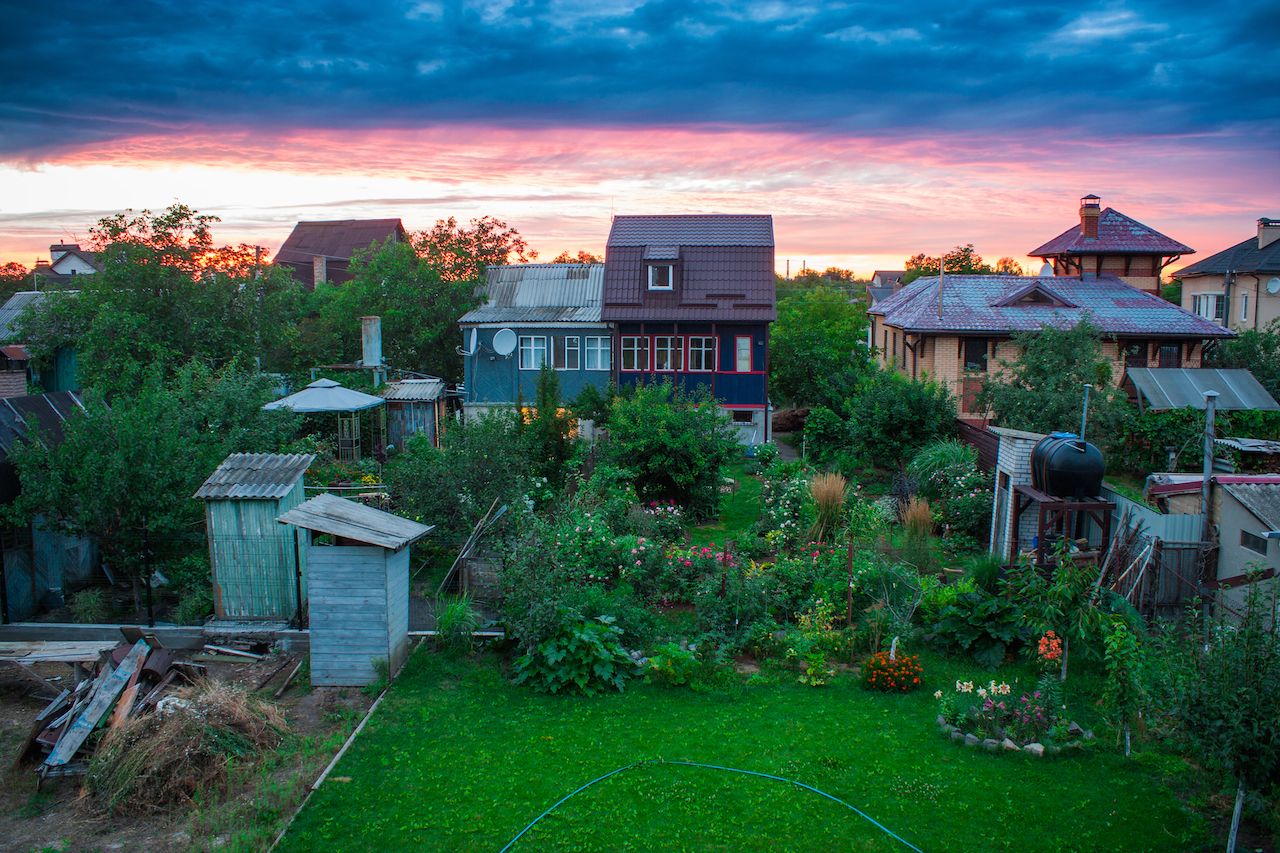If you ever decide to visit Russia, you’ll likely be inclined to visit the well-known urban hubs, such as St. Petersburg and Moscow. And while these cities will definitely give you a large sampling of the nation’s culture, you’d still be missing a key slice of Russian life: the dacha.
Dachas are not just a type of building in Russia; they are a cultural institution. These cottage-like holiday homes often exist in tiny villages or colonies, in both suburban and rural areas. Dachas are not defined by a specific architectural style — rather, they are defined by their function. Dachas are a place to temporarily escape urban life and reconnect with nature by growing your own food, observing the surrounding wildlife, and returning to a simpler mode of existence.
